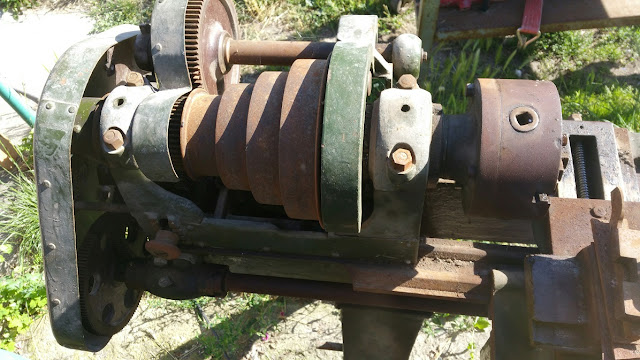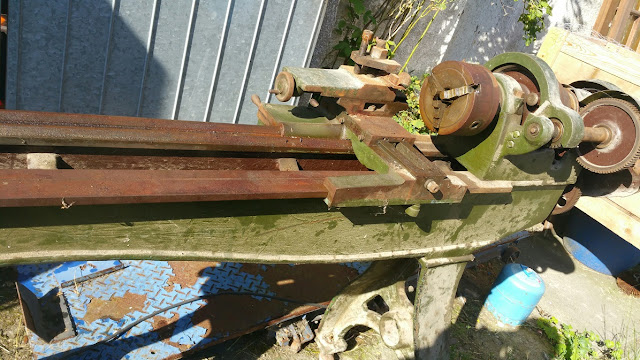I like v-groves on large pulley to small diameter v-grove pulley on a DC motor for speed control. Works great.Hello all,
My name is Will, am in my late 30's and I have been lurking here for a while admiring the talent and openness with which you show and share. The idea is at some point to watch, learn and develop a hobby in machining.
For the time being I enjoy finding and restoring old machinery namely old early 20th century pillar drills etc. I particularly love the solidity, design and curves of the old cast iron machines, and of course the usefulness.
This leads me onto a find I have made. Its an old lineshaft lathe, date and manufacturer unknown. It has a gear cover maked MWM Ditter on it but I think this is a later addition.



My Question is: Without re doing the whle lineshaft setup, (which i would love to do at some point), is there a way of adding an electric motor to take over the role of the pulleys. Has anyone done it or is it just not worth the effort for a machine that has surely had a long hard life and plenty of play.
Thanks for your ideas, thanks for the great website and please keep inspiring me.
Regards.
Will
Dave





